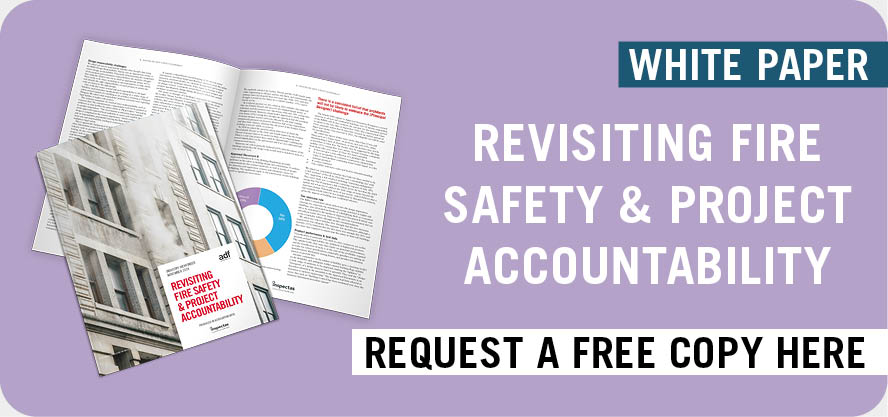For developers taking their first steps into developing a new-build estate, there are many things you will need to know to ensure your site is safe and the housing is a success. Keep reading to learn more about what steps you will need to take to carry out a successful new build development.
Planning Permission
One of the first things you will have to do when creating a development is choosing the plot of land to build on and applying for planning permission. Some sites may already have been granted planning permission for a development, which will save you time but may mean that the site comes at a higher price. If the site doesn’t already have it but you see potential, you will need to apply for planning permission to assess whether the site is appropriate for the plans you have in place. There could be a number of reasons planning permission applications get rejected. For example, being too near to other properties, affecting the local wildlife population, or building on a green belt.
Choosing The Best Contractors
Choosing the right contractors is an incredibly important decision. Having work carried out by the wrong contractors can lead to work being carried out that’s of a poor quality, compromised safety on-site, and delayed progress. Take plenty of time to research contractors before allowing them to carry out work. Try and find contractors that have been used and recommended by other property developers and ask to inspect their work yourself. Ensure the ones you choose have the right licenses to carry out the work and have experience working on new build developments.
Health And Safety
Health and safety on site is an incredibly important part of a good site that protects the contractors, the building quality, and the reputation of your development. Risk assessments need to be carried out for all work that is planned and laws and regulations are followed. All site workers need to be health and safety training, including areas such as:
- Operating machinery
- Handling hazardous substances
- Operating vehicles
- Avoiding hazards such as falling objects and trip hazards
- The correct PPE to be worn on site
Your site will be inspected for health and safety standards and work will be stopped if your site fails to meet the regulations.
Complying With Building Regulations
In order to ensure your properties are built to a high quality and are safe for future occupants, it’s essential to comply with building regulations. Meeting regulations will also help to ensure a property meets requirements in regard to how environmentally friendly it is, and how much each home will contribute in terms of its carbon footprint. This includes insulation, electricity fittings, appliances, and plumbing elements. Your site will be inspected regularly to ensure it’s meeting the required regulations, and your houses will need to pass these inspections in order to be sold.
Insuring your Site
Site insurance is needed to protect you in a number of circumstances. For example, theft and damage of property on the site and injury occurred by any person while on the site. If a contractor or visitor to the site receives an injury and wishes to make a claim against you, your insurance will help to cover the legal costs involved insurance should be taken out as soon as you buy the land to be built on.
New Build Warranty
When creating new builds, it’s best to take out a new build 10 year warranty. This type of cover can be taken out even when work has already begun on-site and will help to cover the cost of potential structural damage and repairs further down the line. You can get a new home warranty quote here from experts Buildsafe. Whatever the requirements of your development, you can get a plan tailored to your site’s needs with a range of coverage available.
Understanding The Market You’re Building For
When designing your site, you will need to factor in what kind of audience of buyers you’re trying to appeal to. Understanding the demographics for local buyers or buyers who will commute for work from different areas will help you tailor the building designs. You could be trying to appeal to young families, in which case they will be looking for reasonably priced housing with multiple bedrooms and garden space. If you’re trying to target the retirement community, they will be more interested in single-floor housing, potentially downsizing, and accessibility in the interior design for things such as bathrooms. Suppose there are local transport links such as motorways. In that case, it’s possible you will have buyers commuting from bigger cities looking for more reasonably priced housing, so you should carry out research into what kind of housing will appeal to them.



